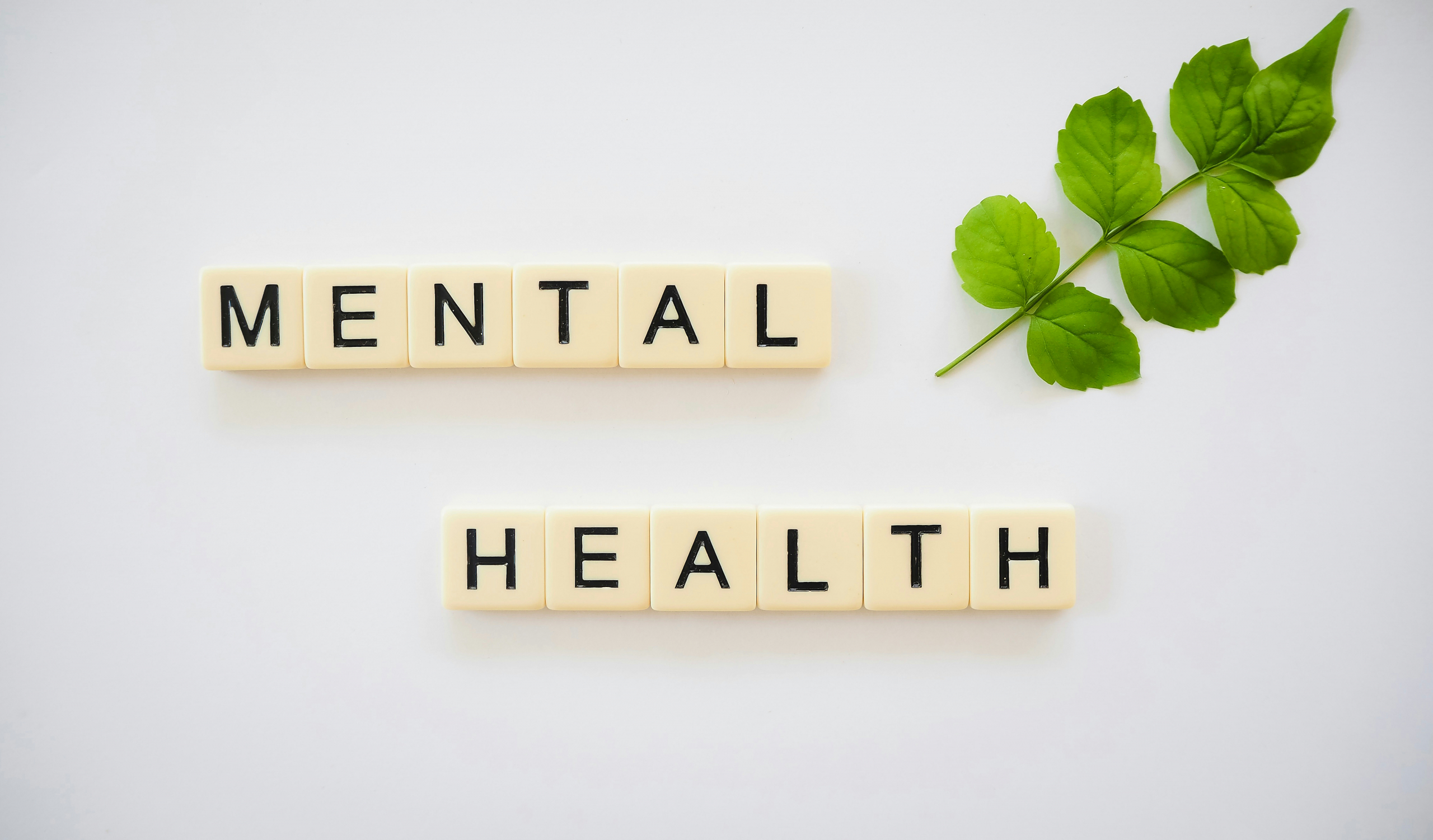Teaching My Kids About Mental Wellness
I am the child of a generation that, by and large, dealt with anything remotely relating to mental health only a few ways. The most prevalent way was to simply ignore the problem, tell the person with the mental health issue to, “suck it up, buttercup,” and berate them for being a sissy. Which, one imagines, is at least a step better than the generation before that locked women up in insane asylums and lobotomized them for talking back to their husbands. So, in that light, quite the improvement.
However, as time has progressed, so has our understanding of mental health and, thankfully, so has the way it is treated in society. Our parents may be a little slow to catch up. They spent their childhoods dealing with emotional trauma and abuse by being told they just needed to stop complaining and that others had it worse. Having internalized that mantra, their sympathy towards a person who, in their mind, had a much better childhood than they did, they can struggle to understand things like Depression, anxiety, ADHD, PTSD, and the like.
My point is this: as with so many adult behaviors, the groundwork tends to be laid in childhood. Since I was not taught to treat myself with grace or kindness, it is a consciously learned skill to do so to others. Because I am a person with an actual anxiety disorder, this unknowing is, at best, distracting and, at worst, anxiety-inducing which can translate to problems in my functioning day to day. So to combat that, in addition to counseling and medication, I read. I listen to podcasts. I ask qualified professionals questions. And I am learning to be patient and kind to myself, even if I get it wrong.
In all of this I’ve realized that while everyone in our immediate family has had at least one psychological evaluation and at least one mental health disorder diagnosis, I didn’t do a good job of explaining what all of it meant to my kids. This realization came about when I was in an introductory counseling appointment for one of the kids. The three youngest were there and as I explained our family to the counselor they would periodically chime in and ask what I meant by whatever thing I had said. It could have been embarrassing but actually highlighted some of what I wanted the girls to see the counselor for so it wasn’t.
Psychologists, psychiatrists, therapists, and counselors was still unfamiliar territory for my kids.
I realized that we needed to have more conversations about the whole thing. So on the car ride home, I told them to ask me questions. It turns out that while they knew I had depression, they weren’t actually sure what that meant. They knew they had ADHD, but had to be taught what that means and that it isn’t necessarily a bad thing just the way their brain is wired.
Life has gone from me thinking I was doing better than my parents for having a quiet spot to reflect on feelings instead of telling my kid she needed to stop crying and trying to manipulate me, to me realizing we all need to work on how we respond to one another.
Thankfully my kids have an excellent counselor. She is a fantastic resource for when I feel out of my depths explaining things. Also, movies like Inside Out and Inside Out 2 exist now. I have never been able to explain my anxiety to anyone with the accuracy Inside Out 2 has.
For those of you unfamiliar, the main character is a little girl named Riley. Her emotions are personified as little characters that live in her brain space they call headquarters. They control her behavior from a switchboard that looks out to the world through her eyes. Joy, Sadness, Anger, Fear, and Disgust make a home in her brain and help her live her life.
When Riley is a teen entering middle school, she gets some new emotions: Anxiety, Ennui, Embarrassment, and Envy. Anxiety is a frantic-looking creature that takes over the controls and starts to impulsively ruin things. Riley has an anxiety attack because her switchboard gets overtaken by Anxiety’s control. The movie does a beautiful job of visualizing a common grounding technique.
I mention all this because the movies do a good job of teaching an abstract concept in a visual, tangible way. We took a family trip to the movie theater when Inside Out 2 was released, and when it was over, on the car ride home, we had an excellent discussion about emotions and how if one emotion takes over it can cause disorder. I explained that when sadness takes over my control, it’s my Depression. It’s not because something is wrong outside of me necessarily. Something is going on chemically to make sadness unable to stop controlling everything.
As far as visuals go, it’s the best one I’ve got. A nice thing about it is that the point of the movies isn’t that one emotion or another go away completely. It’s about there being balance. I also explained that sometimes people’s brains can’t get better on their own and they need medicine to help. Thus, my pill box on the side of my nightstand. They’re still trying to understand that one; but honestly, scientists are still working out exactly why some antidepressants work so I’m not worried about it.
The big takeaways here are that we talk about mental health and what to do if one emotion or another is taking over. We talk about how it’s okay to feel however we’re feeling as long as we don’t hurt others. We talk. My parents were conditioned to not talk about problems. I’m working to make sure my kids know it’s okay to talk about theirs.









